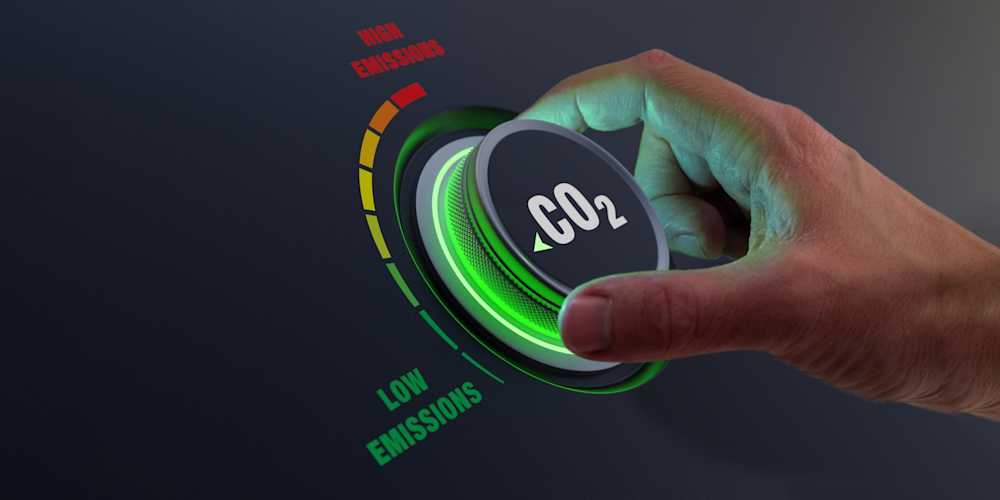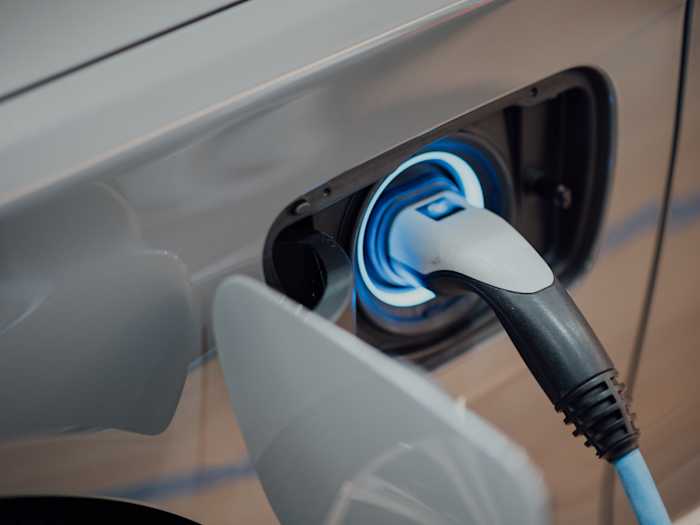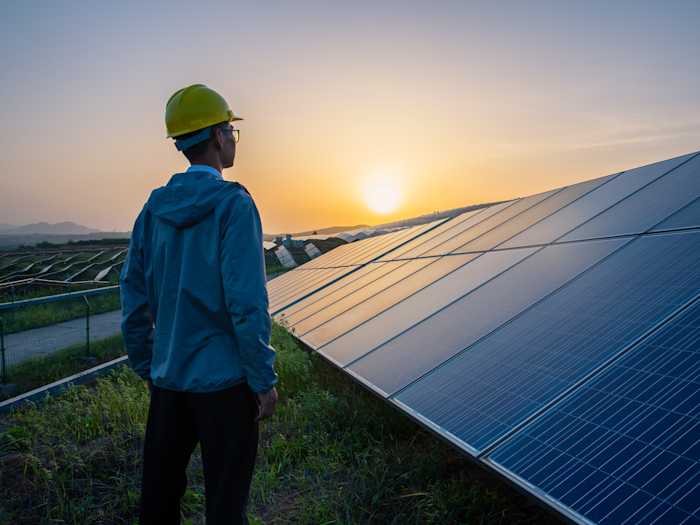Energy efficiency: A faster and strategic path to net zero
As continued economic growth in Southeast Asia creates higher energy demand, the challenge for developing markets is to increase their access to clean, affordable and reliable forms of energy. In this context, energy efficiency – termed the first fuel by the International Energy Agency – plays a pivotal role in reducing import dependency and environmental pollution. This is why a new generation of energy efficiency measures will be critical to meeting heightened cross-sector energy demand and accelerating each market’s transition to net zero emissions, as part of a robust energy security strategy.

Fundamental to decarbonization and energy security
While renewable energy, electrification and energy efficiency have long been considered integral to decarbonization, energy efficiency actions are gaining traction. The goal of energy efficiency is to ensure the same level of energy output at a reduced rate of energy consumption. When it is combined with renewable energy – for example, an energy-efficient electric heat pump powered by renewable energy, rather than a conventional boiler – the efficiency increases further. This synergy leads to a swifter drop in energy intensity and, as a second-order benefit, helps to reduce air pollution, thereby improving quality of life.
Energy efficiency also delivers the second largest contribution to CO2 reduction behind renewable energy. Renewable energy and energy efficiency measures together can cut energy-related carbon emissions by nearly 90% (with the remaining 10% addressed through carbon capture and other fossil fuel-switching technologies). As energy efficiency projects generally require lower capital expenditure than what is needed to set up a renewable energy plant and the related infrastructure, they promise faster implementation – which is crucial to ramping up CO2 emission reductions if we are to reach net zero emissions by 2050.
In addition to driving the achievement of net zero targets and the Sustainable Development Goals (SDG 7 & SDG 13), greater energy efficiency can help reduce a country’s dependence on energy imports as well as cut energy costs. Southeast Asia currently imports 40% of its energy supply, with the demand for energy expected to increase by 60% by 2040. As noted in an Asian Development Bank Institute research paper, a mere 1-4% increase in energy efficiency investment would be sufficient to meet 25% of the projected increase in Southeast Asia’s primary energy consumption by 2030. With energy costs skyrocketing since early 2022 – due to the post-pandemic rebound in economic activity and geopolitical tensions that have altered the global energy landscape – energy conservation and thus efficient energy has become a priority. Nearly all governments across the globe are focused on lowering record-high energy bills and securing a reliable supply of energy.
emission reductions potential
90%
Renewable energy and energy efficiency measures together can cut energy-related carbon emissions by nearly 90%
Needed investment increase
1-4%
1-4% increase in energy efficiency investment would be sufficient to meet 25% of the projected increase in Southeast Asia’s primary energy consumption by 2030.
Overcoming policy hurdles and funding challenges
The current geopolitical situation has helped certain governments realize the importance of reduced energy imports, improved energy access and greater energy security. In addition, it has highlighted the benefits of energy efficiency applications, especially when combined with renewable energy. However, many growing economies either lack appropriate incentive mechanisms and/or do not fully implement government policies, making it difficult to attract capital for energy efficiency projects. Just as broader knowledge of renewable energy’s potential helped the sector expand five to six years ago, there is an opportunity to raise awareness of energy efficiency success stories across regulatory authorities and financial institutions.
In short, policy changes, incentives and research and development in energy efficiency should be encouraged. The lending community needs to be more open and willing to fund the new generation of energy efficiency technologies and business models. Governments can also provide incentive schemes to encourage lenders to develop financial products targeting energy efficiency. This step can accelerate funding to critical energy efficiency projects, notably in the building and water recycling sectors. According to International Finance Corporation research, the total energy efficiency market in Southeast Asia is worth approximately USD 450 billion, and in India estimated to be USD 1.4 trillion.
An energy efficiency success story: UJALA scheme in India
In 2015, India undertook the world’s largest LED distribution program under the UJALA scheme (Unnat Jyoti by Affordable LEDs for All). This ambitious program aims to drive the transition from incandescent bulbs to LED. According to the official government portal and news reports, the program has distributed approximately 368 million LED bulbs and tube lights to date (August 2023), with the following results:
38 million tons of CO2 emissions avoided per year
9,600 MW of peak demand avoided
47.8 billion KW per hour of energy saved per year
USD 2.3 billion in electricity costs saved by consumers per year
Energy Efficiency Service Limited (EESL) carries out the distribution of LED bulbs and tube lights. The procurement of LEDs is managed through an open e-bidding process. Due to the aggregation of demand, the procurement price of LED bulbs has dropped significantly (90%).
The key learning is that timely government initiatives and interventions can lead to large-scale market transition, which can improve energy efficiency, reduce energy intensity, cut energy costs and help achieve energy security.
Bridging the energy efficiency gap: An opportunity for the region
While energy demand is stagnant in developed countries, such as the European bloc and the United States, electrification in Southeast Asia and India is set to rise. These economies will be aiming to replace old processes that use fossil fuels with the equivalent electric-powered technologies. In the meantime, however, energy intensity and emissions will continue to increase as fossil fuels (coal, oil and gas) are still a major source of power generation. The priority will be to champion energy efficiency while steering policy away from fossil fuel incentives, which would defeat the purpose and impact of energy efficiency initiatives.
In concrete terms, energy efficiency is needed in almost every area, from cooling and heating to lighting, water recycling and data centers to manage internet consumption. Energy demand and consumption are only going to rise, particularly as Southeast Asian economies transition from medium to high and very high on the Human Development Index. For this reason, energy efficiency awareness among policymakers and the lending community needs to grow in order to boost market acceptance over the next two to three years. Doubling the pace of global energy efficiency progress in this decade will be decisive in efforts to reach net zero emissions and sustainable development goals.

Jay Bathija
Jay is the Senior Investment Officer at responsAbility, based in India. He oversees investments in the Climate Finance sectors across the Asia Pacific region, collaborating with investees and partners. Having joined responsAbility in 2023, Jay has more than 14 years of experience in investment management, with a focus on areas like Renewable Energy, Energy Efficiency, Energy Transmission, Transport, Steel, and Telecom. He earned his degree in Computer Engineering from Mumbai University and an MBA in Finance

